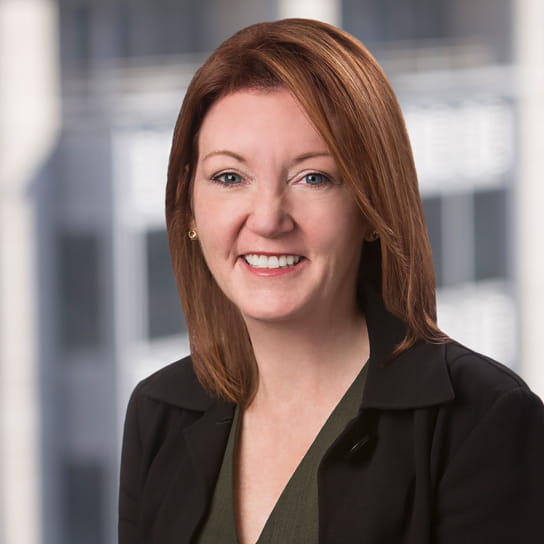News | 11 November 2022
Partner Kelly Tubman Hardy and associate Rachel Shelbourne forecast developments in the luxury goods market
In early November, the world’s top manufacturers and retailers gathered at the Americas Luxury Law Summit in New York City to discuss emerging trends and the global consumer forecast. The discussions highlighted changing consumer demands and developing technology in the luxury space, as well as the ongoing impacts of the pandemic, geopolitical tensions, and inflation. In this Q&A with consumer sector partner Kelly Tubman Hardy and associate Rachel Shelbourne, they focus on some of the most important takeaways from this year’s summit.
What do you think is on the horizon in terms of sourcing?
The industry is in the midst of an enormous sourcing shift. Brands are diversifying geographically in response to geopolitical tensions, trade issues, China’s zero-COVID policy, and supply chain issues. The percentage of apparel and footwear coming from China to the U.S. has dropped materially in the past 3-5 years. A clear trend has not emerged yet, with brands exploring various new manufacturing locations.
Apart from the focus on diversification, how has sourcing changed in the past several years?
Brand owners are dealing with increased costs, inflation, labor issues, transportation challenges, and massive inventory issues. In addition, the experiences of suppliers during the COVID-19 shutdowns – cancelled orders, unpaid workers – made them more cautious. There will have to be a rebalancing of relationships and a rebuilding of trust, and suppliers have more leverage to dictate terms now than they did previously.
What are some of the biggest changes the industry should focus on?
Moving forward, there is increased focus on traceability and transparency. The demand for this – from governments, NGOs, consumers, and from brands themselves – is not subsiding. Suppliers will continue to be asked to push back further in the supply chain, be accountable for their subcontractors, and report on ESG metrics. While the biggest focus right now is on forced labor and climate change, brand stewardship issues will continue to grow. Brands will have to resist the impulse to return to old ways of doing things and think carefully about creating an authentic corporate image.
With the explosion of e-commerce, how should businesses adapt?
It’s critical that brands fully integrate their brick-and-mortar and online channels. Pre-pandemic, there was a focus on developing parallel e-commerce channels to brick-and-mortar, but consumers in the current environment look for more. The goal for brands today should be to integrate their channels to deliver consistent service and messaging.
In recent years, ESG has emerged as a key focus for the industry. How is that shifting?
ESG remains a hot topic. One of the speakers at the summit made a convincing argument that the term "sustainability" is a misnomer in the luxury and fashion space, which necessarily promotes consumption and revolves around changing trends. Instead, the term "responsibility" better describes how brands can shape an identity that is environmentally and socially conscious.
Click here to learn more about our Consumer Sector
Back To Listing







